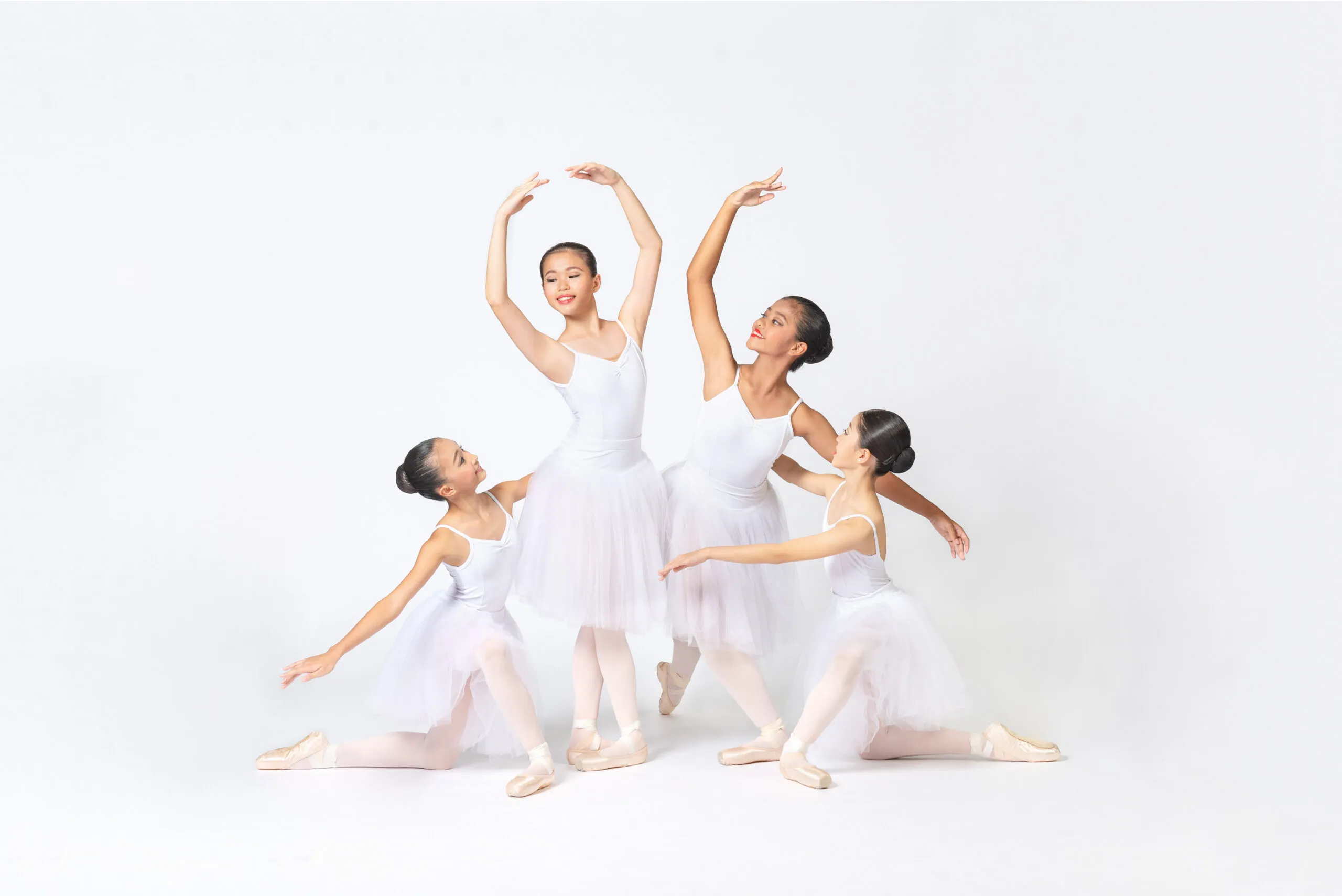
Ballet Dance: A Fun and Challenging Way to Improve Flexibility
Ballet presents a special and quite efficient way to improve elasticity with its delicate motions and charming appearance. It’s more than just a dance style; it’s a discipline that logically stretches and develops the body, gradually improving range of motion in a way that feels both creative and very satisfying. From young children to grown person, many people are understanding the many advantages of learning ballet dance singapore and finding it to be a quite enjoyable and interesting kind of exercise. The constant focus on extensions, turns, and complex footwork naturally stretches the muscles to create suppleness over time, therefore transforming stiffness into flexibility.
The Foundations of Flexibility in Ballet
Fundamentally, ballet training is meant to produce great flexibility. Usually starting with a warm-up with mild stretches, each class starts to prepare the muscles and joints for the more taxing activities to come. A pillar of ballet instruction, the barre works especially well for increasing flexibility. Here dancers target particular muscle areas by performing a series of exercises while clinging to a horizontal bar for support. All help greatly to lengthen muscles and improve joint mobility: pliés, or bends of the knees; tendus, or foot stretches along the floor; and developpe, or slow, controlled variations of the leg.

Center Work and Dynamic Stretching
Ballet dancers move to the middle of the studio for more difficult combinations once warmed up at the barre. Dynamic stretching really comes in handy here. Not only in stationary holds but also in fluid motion, grand battements, arabesques, and pirouettes all demand a great degree of flexibility. These exercises aim to increase both active and passive flexibility by means of continual muscular activation across their whole range of motion. The body gains more flexibility and coordination as it learns to stretch and contract effectively. For people pursuing other artistic interests, maybe looking at ballet dance singapore, the way these dynamic components are combined creates a very complete approach to physical growth.
The Mental Aspect of Flexibility
Ballet clearly has physical advantages for flexibility, but there is also a major psychological component. Gaining more flexibility in ballet calls for endurance, perseverance, and a readiness to challenge assumed constraints. Learning to listen to their bodies, dancers know the difference between a good and an unhealthy strain. More effective stretching results from increased body awareness brought about by the attention and concentration needed to execute exact motions. Reaching a new extension or a deeper stretch makes one very proud and helps them to develop a good relationship with their body and its possibilities.
An amazing way to increase flexibility is ballet dance since it provides a harmonic combination of artistic expression and demanding physical exercise. By means of its methodical approach to barre training, warm-ups, and dynamic center combinations, participants methodically extend muscles and increase their range of action. Beyond only the physical changes, ballet develops mental discipline, patience, and a greater awareness of one’s body.

